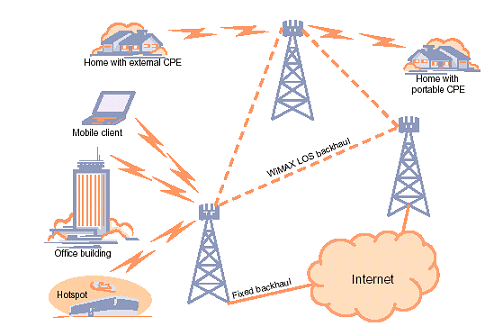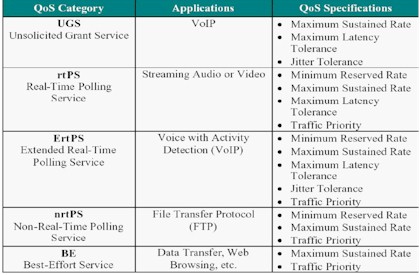
Introduction to WiMAX
What is WiMAX Technology
WiMAX, short for Worldwide Interoperability for Microwave Access, is a standard-based wireless technology that offers high-speed broadband connectivity over long distances for both residential and commercial applications. Operating on the Orthogonal Frequency Division Modulation principle, WiMAX is classified as a 4th generation wireless mobile access technology.
Difference between WiMAX and WiFi
– WiMAX: – Offers high-speed, long-distance broadband connectivity. – Uses a different set of standards compared to WiFi. – Suitable for both residential and commercial purposes.- WiFi: – Provides wireless local area networking connectivity. – Typically covers shorter distances compared to WiMAX. – Primarily used for local internet access and data sharing.

Broadband WiMAX
Understanding Broadband WiMAX
Broadband WiMAX, known as Worldwide Interoperability for Microwave Access, is a standard-based wireless technology providing high-speed, long-distance connectivity for residential and commercial use. Operating on Orthogonal Frequency Division Modulation, this 4th generation technology offers robust wireless access.
Benefits of Broadband WiMAX Connectivity
– High-speed, long-distance broadband connectivity- Different standards from WiFi- Suitable for residential and commercial applications- Effective for local internet access and data sharing

Security Measures
Encryption in WiMAX Technology
In Broadband WiMAX technology, encryption plays a crucial role in ensuring data security. By utilizing advanced encryption techniques, WiMAX networks safeguard transmitted information from unauthorized access or interception.
Comparison of WiMAX and WiFi Security Protocols
When comparing security protocols, WiMAX offers enhanced security features compared to WiFi. WiMAX employs sophisticated encryption standards like Advanced Encryption Standard (AES) and Cryptographic Message Syntax (CMS) for secure data transmission, whereas WiFi primarily relies on Wired Equivalent Privacy (WEP) and Wi-Fi Protected Access (WPA) protocols which have known vulnerabilities.

Speed and Performance
Enhancements in WiMAX Speeds
– WiMAX technology offers high-speed internet connectivity, making it ideal for bandwidth-intensive tasks.- The use of Orthogonal Frequency Division Multiplexing (OFDM) allows WiMAX to achieve faster data transfer rates.- With advancements in WiMAX protocols, users can experience improved performance and reliability in their internet connections.
Comparing WiMAX and WiFi Speeds
– WiMAX provides faster data speeds over longer distances compared to WiFi networks.- WiMAX can support high bandwidth applications like video streaming and large file downloads more effectively.- WiFi, while widely accessible, may experience slower speeds and performance degradation with greater distance from the router.

GSM WiMAX
Exploring GSM WiMAX Technology
– GSM WiMAX, an extended version of WiMAX technology, combines the benefits of WiMAX with traditional GSM networks.- It offers high-speed internet access for both domestic and business users, utilizing advanced wireless technology.- GSM WiMAX enhances connectivity by providing seamless access to high-speed data services over long distances.
Features of GSM WiMAX Connectivity
– GSM WiMAX provides reliable and fast internet connectivity, catering to the increasing demand for high-speed data transmission.- Users can enjoy enhanced performance in bandwidth-intensive tasks such as video streaming and large file downloads.- The technology offers improved coverage and signal strength, ensuring a stable connection for users in various locations.
